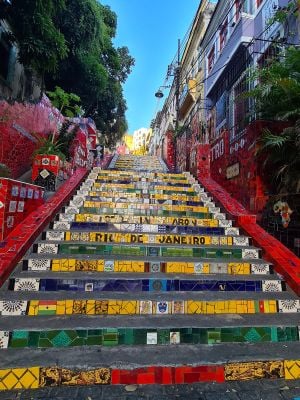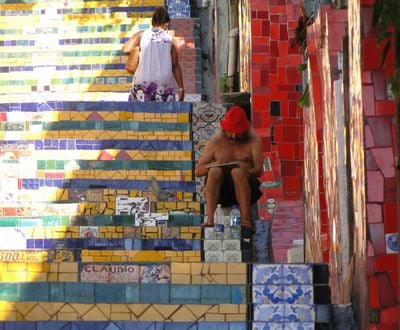
Escadaria Selarón, Public art stairs in Lapa, Brazil
The Escadaria Selarón is a public art staircase linking the Lapa and Santa Teresa neighborhoods in Rio de Janeiro, Brazil. It stretches for 125 meters and is covered with more than two thousand colorful ceramic tiles.
Chilean artist Jorge Selarón began decorating the staircase in 1994 and worked on it until 2013. After his death that same year, the staircase became his memorial and now attracts visitors from around the world.
The staircase displays tiles from over sixty countries, brought here by travelers from around the world. In many places you can also spot Brazilian motifs in the national colors of blue, green and yellow.
The staircase is freely accessible all day, with morning hours bringing fewer visitors and better light for photos. You can reach it easily on foot from central Lapa, and the surrounding streets have a few cafes and shops.
Among the thousands of tiles, the image of a pregnant African woman appears again and again, a personal symbol the artist developed during his years of work. In some sections, Jorge Selarón also embedded ceramic shards and mirrors that reflect sunlight in unusual ways.
Location: Rio de Janeiro
Location: Santa Teresa
Inception: January 1, 1994
Architects: Jorge Selarón
Creator: Jorge Selarón
Length: 125 m
Address: Rua Manoel Carneiro
Website: https://prefeitura.rio
GPS coordinates: -22.91541,-43.17941
Latest update: December 4, 2025 23:05

Brazilian architectural heritage reflects centuries of history, from colonial fortifications to contemporary structures. In São Paulo, the Flag Monument pays tribute to colonial expeditions, while in Belém, the Peace Theater recalls the prosperity of the rubber era. In Curitiba, the Oscar Niemeyer...
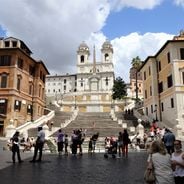
Stairs serve not only to overcome elevation changes but often rank among the notable structures of their cities. The Spanish Steps in Rome with its 135 steps has connected two districts since 1725 and became a meeting point for locals and visitors. In Montmartre, 222 steps lead to the Basilica of...

Rio de Janeiro is more than a city; it is a living backdrop. Between mountains and sea, the Brazilian metropolis showcases its most famous landscapes: Christ the Redeemer overlooking Guanabara Bay, Sugarloaf shining in the sun, Ipanema and Copacabana beaches where music and sand never sleep. But Rio...

Carioca Aqueduct
316 m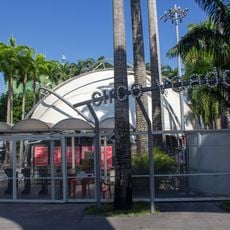
Circo Voador
302 m
Brazilian Historic and Geographic Institute
301 m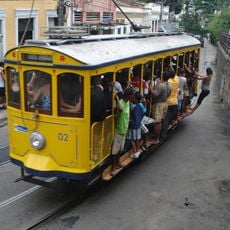
Santa Teresa Tram
283 m
Fundição Progresso
365 m
Sala Cecília Meireles
148 m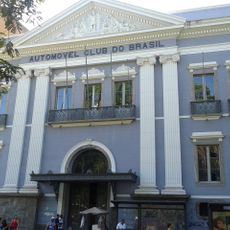
Automóvel Clube do Brasil
265 m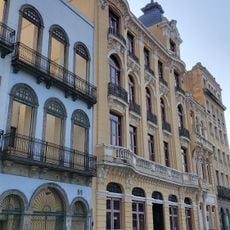
Museu da Imagem e do Som
163 m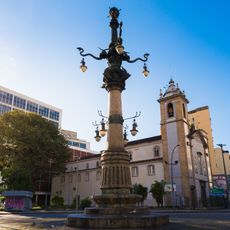
Lampadário da Lapa
186 m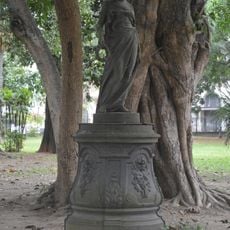
Primavera do Passeio Público
340 m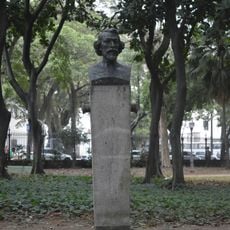
Gonçalves Dias no Passeio Público
331 m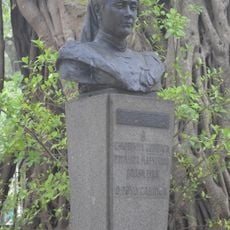
Chiquinha Gonzaga no Passeio Público
299 m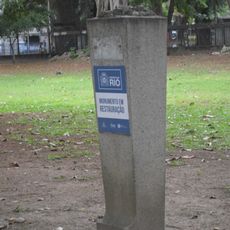
Francisco Braga no Passeio Público
334 m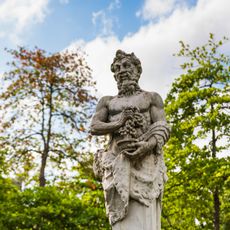
Outono da Praça Paris
375 m
Painel da Lapa
184 m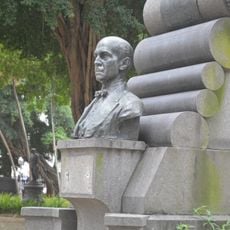
Irineu Marinho no Passeio Público
337 m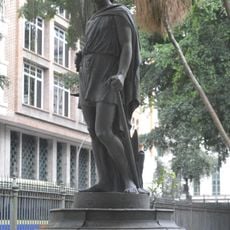
Verão do Passeio Público
366 m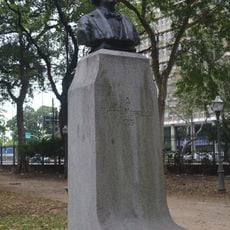
Victor Meirelles no Passeio Público
287 m
Alberto Nepomuceno no Passeio Público
331 m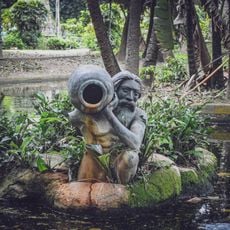
Fonte do Tritão
327 m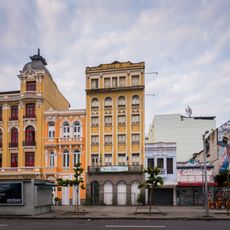
Museu da Imagem e do Som
158 m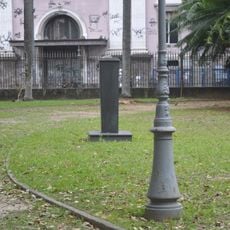
Paulo Silva no Passeio Público
278 m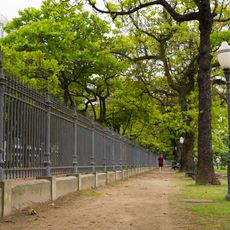
Gradil da Praça Paris
329 m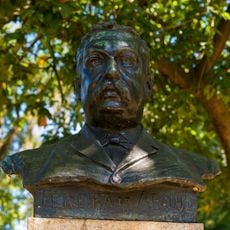
Ferreira de Araújo no Passeio Público
315 m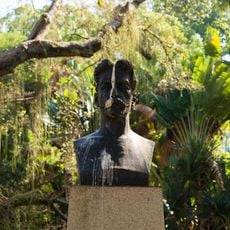
Pedro Américo no Passeio Público
353 m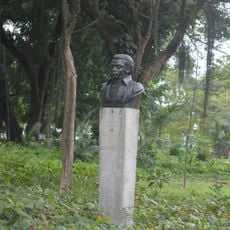
Mestre Valentim no Passeio Público
347 m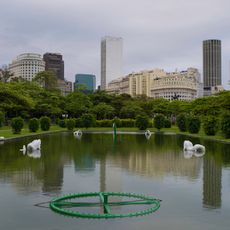
Chafariz dos Golfinhos
360 m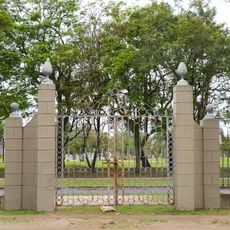
Portão da Praça Paris
372 mVisited this place? Tap the stars to rate it and share your experience / photos with the community! Try now! You can cancel it anytime.
Discover hidden gems everywhere you go!
From secret cafés to breathtaking viewpoints, skip the crowded tourist spots and find places that match your style. Our app makes it easy with voice search, smart filtering, route optimization, and insider tips from travelers worldwide. Download now for the complete mobile experience.

A unique approach to discovering new places❞
— Le Figaro
All the places worth exploring❞
— France Info
A tailor-made excursion in just a few clicks❞
— 20 Minutes
